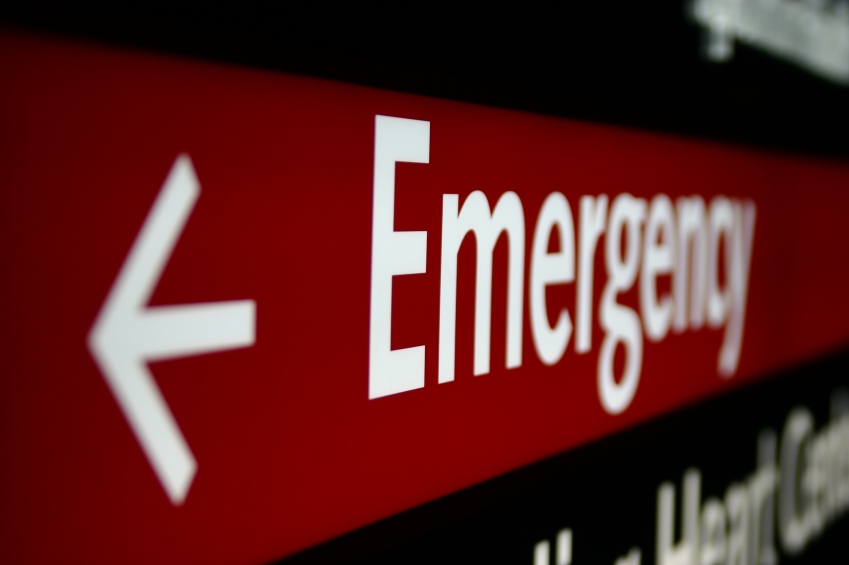
Basic personal finance recommends everyone keep 3-6 months of living expenses in a highly liquid savings or money market account, ready for that proverbial rainy day. The formula is rather simple: add up all your monthly living expenses, then multiply that number by 3, or 6 to be conservative. Stash it somewhere safe, and only touch it during true emergencies. Hopefully, the money will only be used to cover large, one-time expenses, such as car repair. In less fortunate times, it will be needed to cover the loss of income resulting from unemployment.
It is only during a disruption in income, such as a job loss, that the hidden expenses of life make their presence felt. How much does it cost to cover a months long job search? How about a job loss compounded by a major expense, like a large hospital bill or major home repair? Six months may seem like plenty of time to find a good job, but many people laid off during the Great Recession, though highly skilled, are still looking for work 2 years later. That may be a worst case scenario, yet it is worth taking into account.
I’ve spoken to a few friends about this very situation, and one of the common assumptions is that during a period of unemployment, they will “live cheaply.” Stop eating out, stop buying new clothes, and cut out their morning latte. This of course makes sense, but realistically, how long can one plan to live off ramen noodle and frozen pizza? Declining an invitation to dine out with friends is easy in month 1 or 2, but how about after month 6 or 8? If your income loss coincides with Christmas or a loved ones birthday, could you forgo presents?
My current job is rather seasonal, so for the past few weeks paychecks have been pretty slim, and I saw how quickly savings dwindle when there is nothing to replenish them. Even during income loss, life continues, and while cutting down on spending is easily accomplished, entering a hermit world for an extended period is just plain unhealthy.
I’m not advocating to continue free spending ways while unemployed, but rather am pointing out that many of us may underestimate how much money we need to live comfortably, and without causing serious disruption to our lives.
That’s why I’m planning to rework this area of my portfolio. I currently keep 6 months of living expenses in a money market account, and that’s really all of my liquid holdings. The rest is either tied up in retirement accounts, or in stocks, which are terrible for taking time-sensitive withdrawals. My plan is to “ladder” my emergency fund, keeping 6 months of living costs in my money market, and then adding another 3-6 months of cash in a good short term bond fund. This way, I can earn a little more interest, yet still have it readily accessible. This gives me around a years worth of living expenses.
What does your emergency fund look like? Where are you keeping the cash, and how much do you have?

8 Comments
Hey Piggy! Good for U with a 6 month emergency fund 🙂 Your article is both prudent and wise. The financial “experts” agree we should set up and emergency fund for all the reasons you mention above, but how many of us really do? You are probably the exception.
That’s such a shame, because my emergency fund is a big reason why I sleep well at night (that, in addition to the hours I spend reading blogs!). Maybe I’m just more cautious than others, but I’ve seen what can happen when steady income is lost, and I don’t want to fall into a trap of credit cards and loans.
I keep my emergency fund pretty liquid. Might seem like a lot of free cash earning little interest, but then that’s my comfort level!
I get the same feeling! I see all this cash parked there, and right now it’s earning like 0.05%…but then I had to have an emergency root canal two weeks after Christmas, and I remembered why I stash it there…
For me, three months of expenses has been my cushion. I have a very secure day job so I feel like more than that would be overkill. Plus, at 31, I have so much time before retirement that I can be aggressive in the stock market so that’s where all my extra money is going, month after month. That said, I wouldn’t dip below three months unless I wanted to start loosing sleep.
Three months is solid. I completely understand wanting to throw any extra money into the market. I prefer a bit more cash, because I like knowing I can afford living costs and handle any surprise expenses. Congrats on your secure job, those are hard to come by these days.
I usually keep 6 months worth of expenses in a savings account but this usually decreases to 3 months depending on “emergency”. It never goes below 3 months and I see to it to add back until its at 6 months level again.